
Producer and distributor of soft drinks with presence in 180 countries around the world.
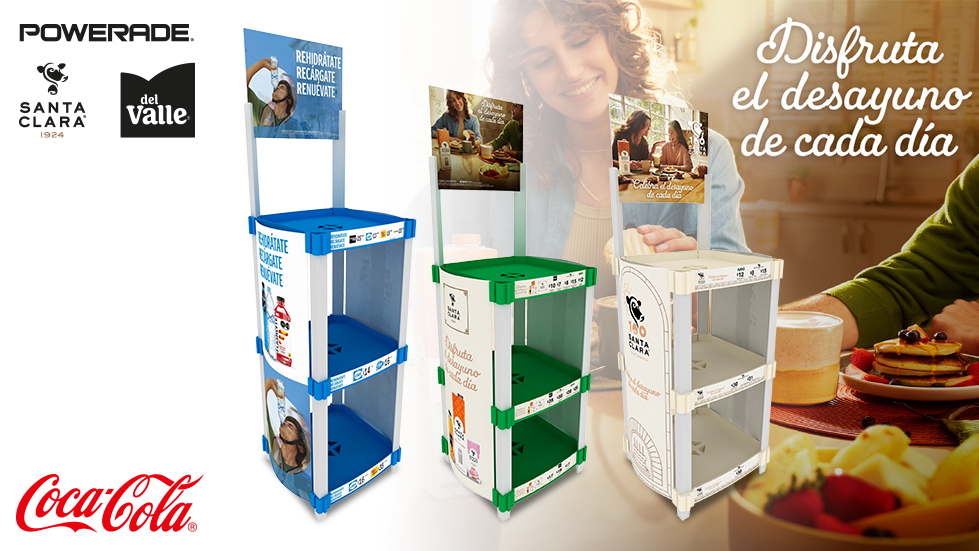
In the dynamic retail environment, the brands that stand out at the point of sale are those that not only capture visual attention but also optimize in-store operations. Coca-Cola, through its brands Ciel and Santa Clara, implemented a display strategy based on modular systems made from injection-molded plastics, PVC, and interchangeable graphics.
The result: greater commercial flexibility, improved logistics efficiency, and a stronger brand visual presence.
With growing visual saturation in both modern and traditional channels, the main challenge for brands is to maintain a constant presence without invading operational space or increasing maintenance costs. Coca-Cola sought a solution that could adapt to different store formats, maintain consistent identity, and not limit usability.
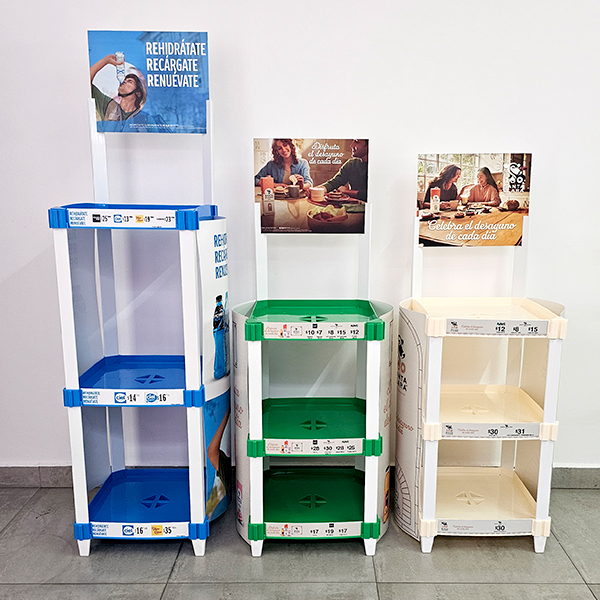
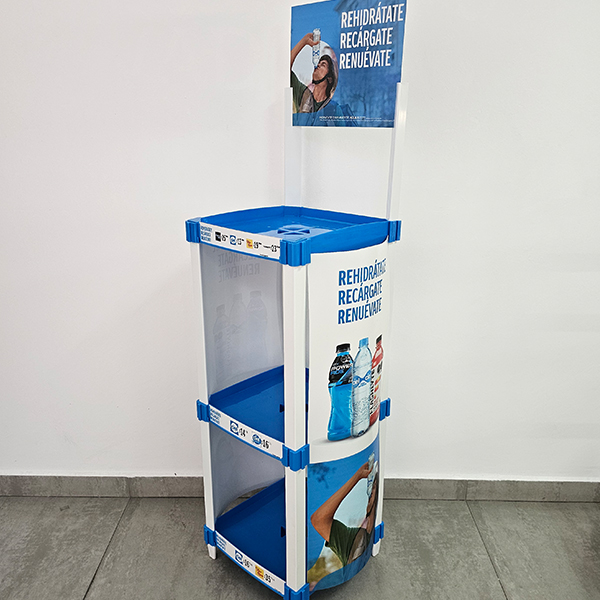
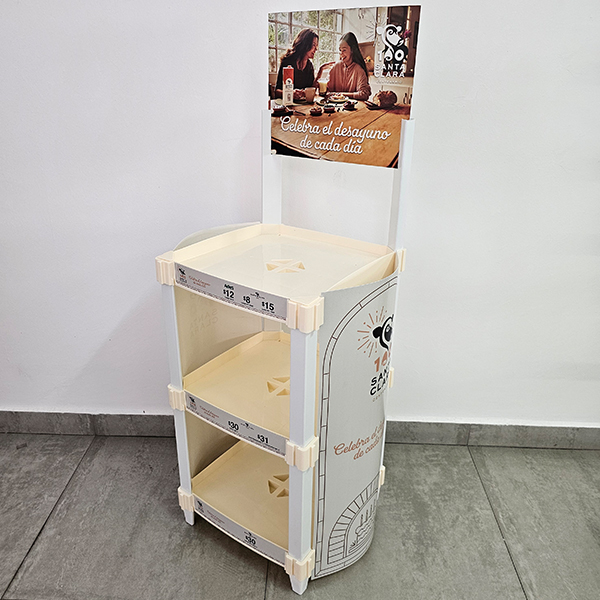
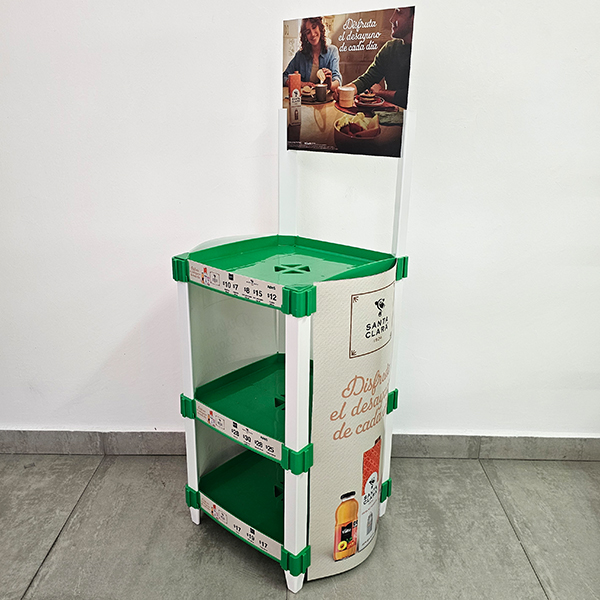
The system developed by AIM Worldwide included floor displays with injection-molded plastic bases, extruded PVC posts, and stackable trays with high resistance (up to 30 kg per level). Each model was designed with specific dimensions and heights for various product portfolios:
Each tray includes side rails that allow for interchangeable graphic inserts, reducing implementation times for new campaigns. This modular approach enables both vertical and horizontal configurations, enhancing adaptability without compromising brand language.
In modern retail channels such as convenience stores, supermarkets, and neighborhood formats, the ability to adapt a single display base to different spaces represents a key competitive advantage. Coca-Cola manages to lower logistics costs without sacrificing brand visibility. Furthermore, the use of injection-molded plastic materials ensures greater durability in the field, extending the display’s lifespan and reducing waste.
a) Structural flexibility – customizable height and layout without full redesign
b) Interchangeable graphics – lower costs and time for each campaign
c) Operational simplicity – quick, tool-free setup
d) Multichannel visual consistency – one design replicated across various store formats
e) Space and load optimization – designed to hold up to 30 kg per level
This case shows how a modular design solution can boost operational performance, strengthen brand positioning, and adapt to diverse commercial strategies without losing identity. Coca-Cola, by integrating innovation in display design with practical functionality, achieves maximum visual impact with operational efficiency—creating value at every consumer touchpoint.
Learn more about our store displays.